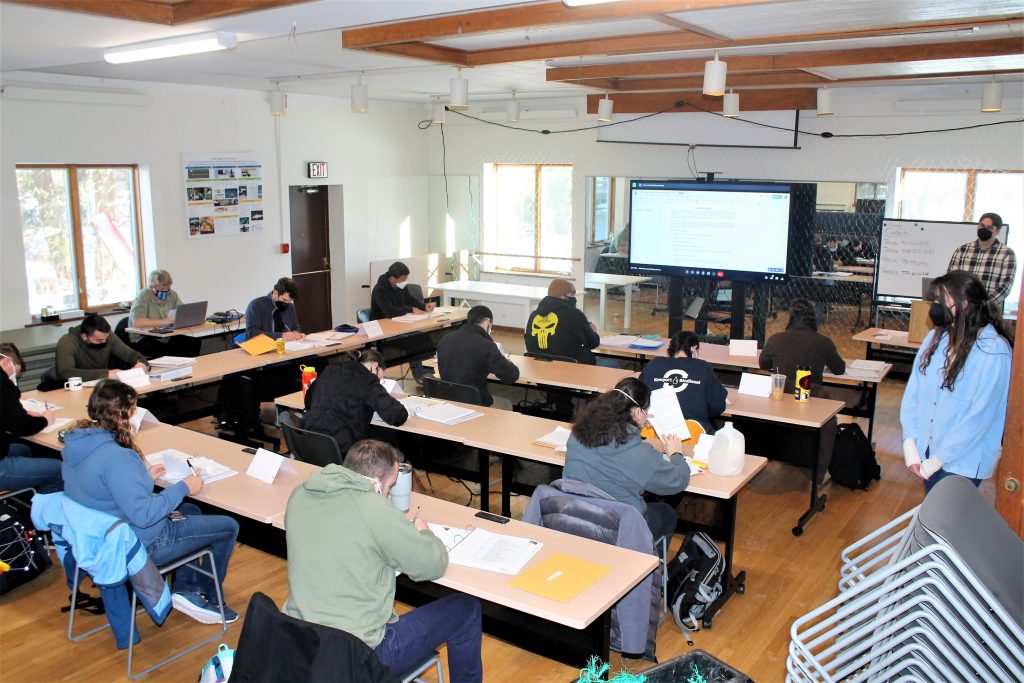June 28, 2022 — The NOAA Fisheries Integrated Sea Scallop and Habcam Research Survey is in the books for 2022. Scientists and crew completed their work aboard the University of Delaware’s R/V Hugh R. Sharp on June 13, 2022.
The Atlantic sea scallop population is surveyed every summer by NOAA Fisheries and partnering research groups. This year those partners are the Coonamessett Farm Foundation, the Virginia Institute of Marine Science and the University of Massachusetts-Dartmouth School of Marine Science and Technology. Each partner surveys an assigned area using similar methods and a standardized survey design. Here, we are reporting results for the survey areas allocated to the NOAA Fisheries-based effort, led by the Northeast Fisheries Science Center.
Resulting data are used for fishery stock assessments, fishery management, and biological studies. Sea scallops are one of the most valuable commercial fishery species in the nation.
Leg 1 of the survey was conducted May 14 to 23 off the Mid-Atlantic and southern Georges Bank. Researchers deployed the stereo camera and sensor system known as Habcam V4.
Leg 2 was conducted from May 25 to June 3, and Leg 3 operated from June 5 to June 13. On these legs, we deployed both Habcam V4 and a scallop dredge. The dredge is a standardized 8-foot wide New Bedford sea scallop dredge that collects sea scallops for biological analyses.

